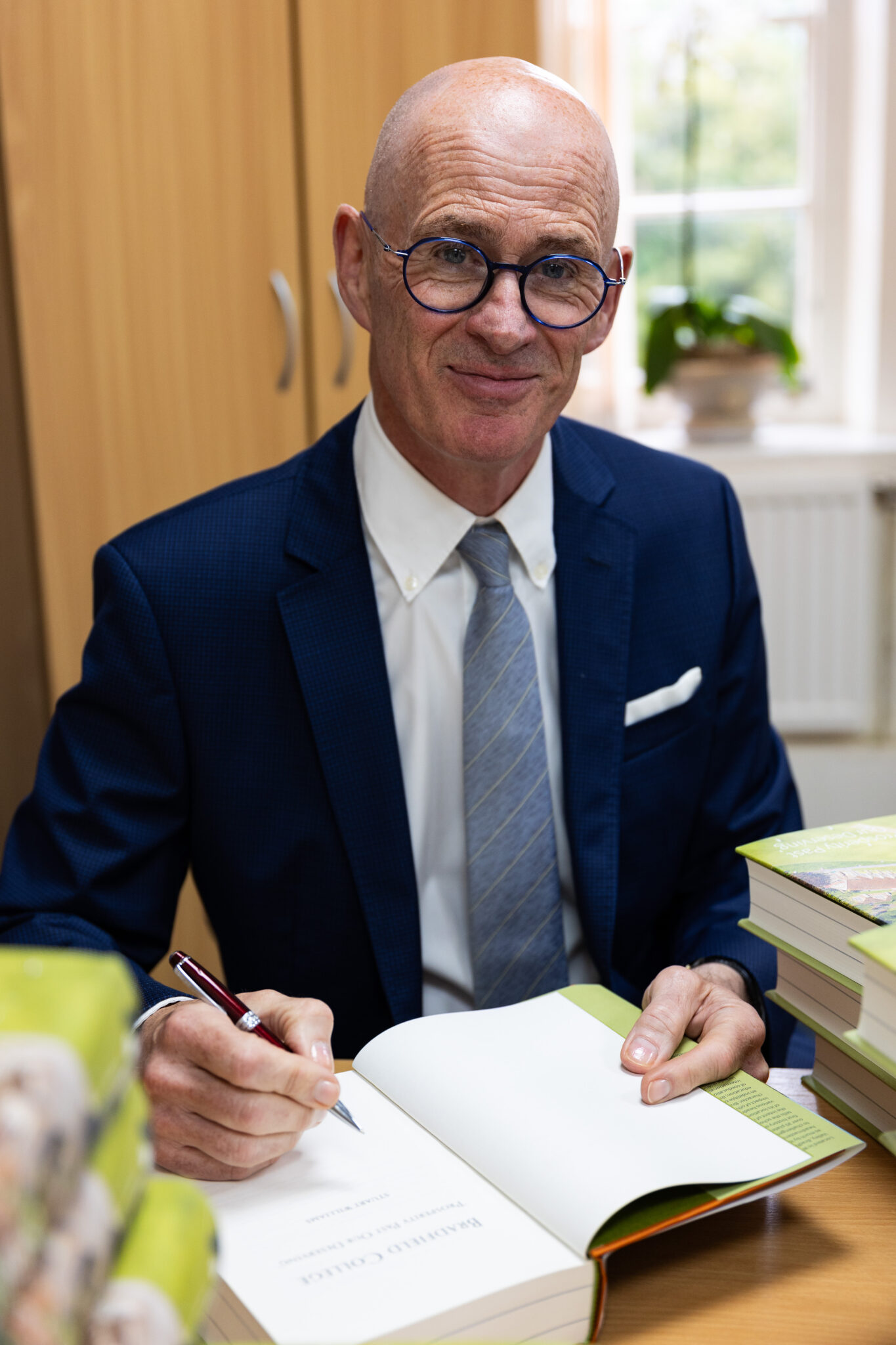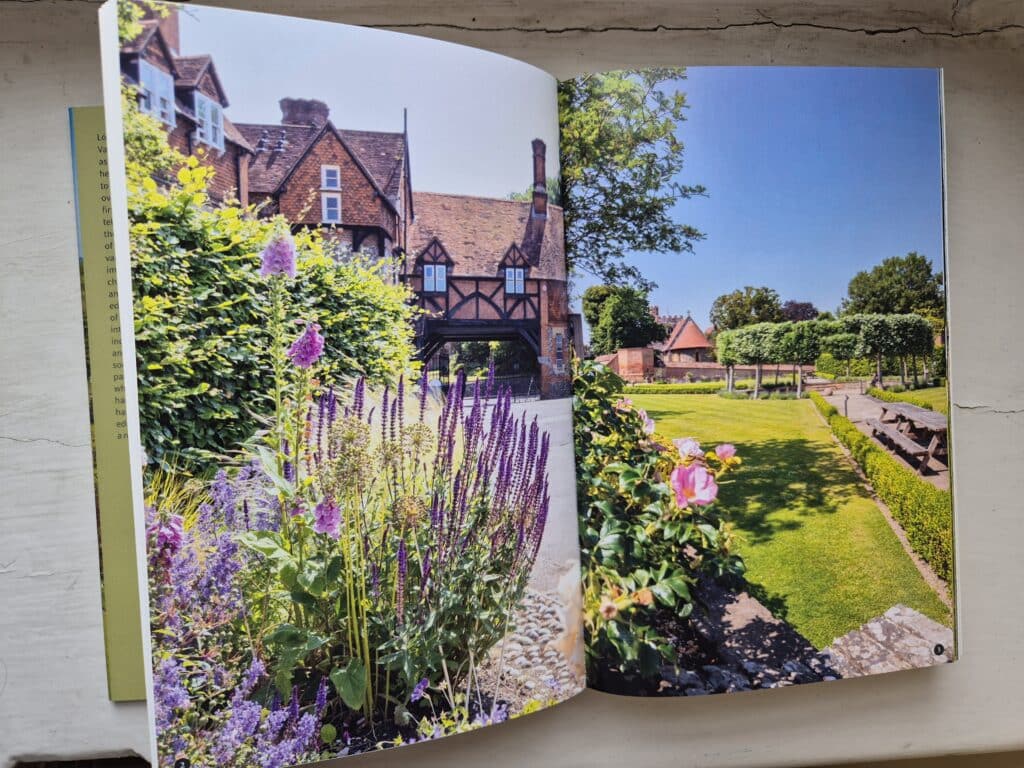My first point of enquiry was the title, ‘prosperity past our deserving’: it seems very humble, self-deprecating and not remotely ‘salesy’. Stuart agreed. The line is taken from the College hymn, written by Dr Gray, one with a tune that for him is very emotionally charged and the quoted line speaks to Stuart of Bradfield’s wonderful ability to survive against the odds.
30 years after the founding of the College, Rev Thomas Stevens, Bradfield’s warden and squire of the Manor of Bradfield, went bankrupt. Leaving immense debts, the trustees appointed Gray as both Warden and Headmaster, saddling him with the burden of responsibility for those debts. Somehow, Gray secured the College safe passage for his 30-year tenure and gave Bradfield a nationally significant reputation. Even so, economic insecurity persisted right up to the arrival of Quick in the 1970s.
My suggestions of analogies with ‘who dares wins’ and ‘fortune favours the brave’ were quickly dismissed by Stuart: in his opinion when things happen against the odds there should be a sense that it is somewhat undeserved, hence he believes his subtitle apposite. He did, however, add that Bradfield had deliberately become much more adventurous than most schools in the latter years of the twentieth century, particularly in the way that it was prepared to engage in borrowing and embrace the risk of debt in order to reposition the school.




